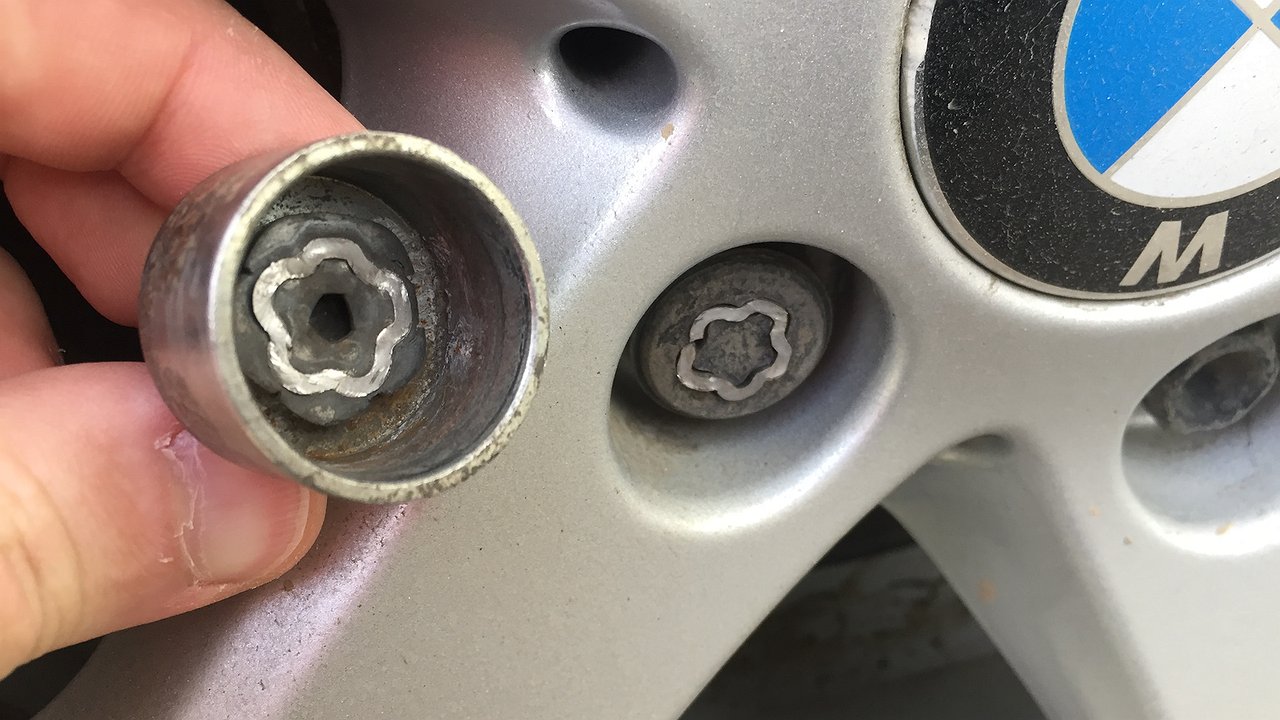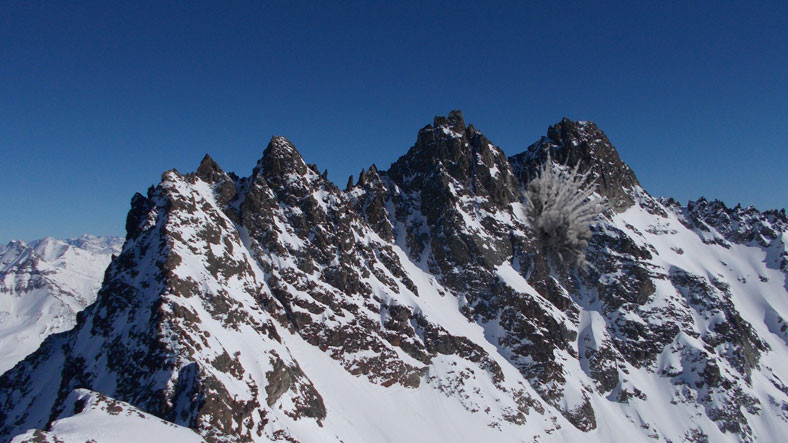The groundbreaking image was captured by snapping neutrinos as they passed through the IceCube neutrino observatory. It is a giant detector hidden deep in the ice of the South Pole.
Detail
Neutrinos got their name because their non-existent electrical charges and nearly zero mass mean they hardly interact with other types of matter. Neutrinos can move at speeds close to the speed of light through ordinary matter. However, physicists who slowed them down eventually He traced the origin of particles billions of light-years away to ancient destructive stellar explosions and cosmic ray collisions..
The capabilities of the highly sensitive IceCube detector, combined with new data analysis tools, have provided a completely new view of our galaxy that had only been implied before. As these capabilities continue to evolve, we can look forward to the ever-increasing resolution of this picture revealing potentially never-before-seen hidden features of our galaxy.
– says Denise Caldwell, director of the physics department at the National Science Foundation, which funded the research.
how to catch ghost particle
Every second, about 100 billion neutrinos pass through every square centimeter of your body. These tiny particles are everywhere—they are formed in stellar fires, massive supernova explosions, cosmic rays and radioactive decay, and in particle accelerators and nuclear reactors on Earth. First detected to emerge from a nuclear reactor in 1956, neutrinos are the second most abundant subatomic particles in the universe, after photons.
Despite their ubiquity, the minimal interaction of uncharged and nearly massless particles with other matter makes neutrinos incredibly difficult to detect. Many well-known neutrino detection experiments have recorded a regular bombardment of neutrinos coming to us from the Sun, but this cascade also masks neutrinos from other, more unusual sources, such as explosions of giant stars called supernovae and showers of cosmic-generated particles. rays. rays
Particle physicists turned to the IceCube at the Amundsen-Scott South Pole Station in Antarctica to capture neutrinos. The giant detector consists of more than 5,000 optical sensors strung on 86 threads suspended in holes drilled 2.5 kilometers deep in the Antarctic ice.

View of one of the 86 IceCube detector arrays / Photograph: NSF/B. Gudbjartsson
Although many neutrinos pass through Earth completely unhindered, they sometimes interact with water molecules to form byproducts called muons, which can be observed as flashes of light on the detector’s sensors. Scientists can reconstruct the energy, and sometimes the source of the neutrino, from the patterns created by these explosions.
Finding the origin of the neutrino depends on how clearly its direction is recorded in the detector. Some have very distinct initial directions, while others form cascading “blurry balls of light” that obscure their origin.
By feeding more than 60,000 detected neutrino sequences collected over 10 years into a machine learning algorithm, physicists created a striking picture: a blue-toned image showing neutrino sources in our galaxy.

Two images of the Milky Way galaxy. Shot with visible light from above and neutrinos from below / IceCube Collaboration/US National Science Foundation (Lily Le & Shawn Johnson)/ESO (S. Brunier))

Our galaxy in different observation spectra: radio, optics, gamma rays and neutrinos / 24 Channel Screenshot
the map showed The vast majority of neutrinos are produced in regions with pre-detected high levels of gamma radiation.confirms past suspicions that many ghostly particles arose as byproducts of cosmic rays striking interstellar gas. Neutrino mapping has given us a whole new way of looking at the universe. Now it’s time to see what we found there.

Schematic representation of the position of the galaxy map relative to Earth / Screenshot of Channel 24

















